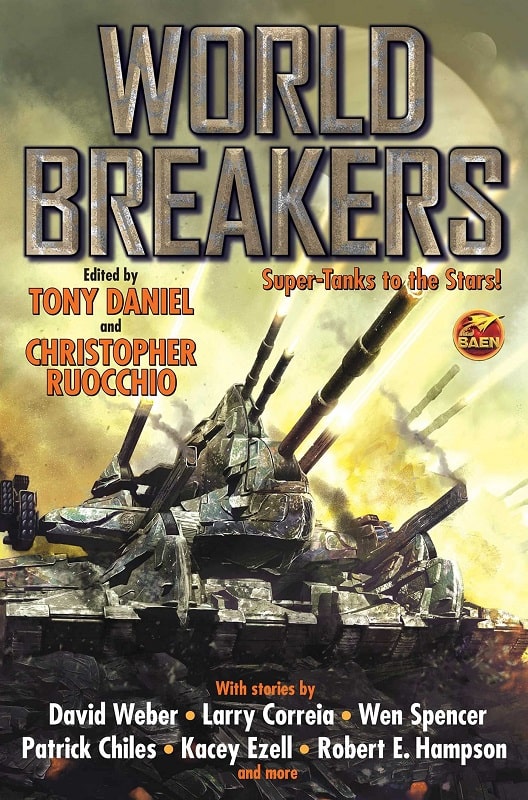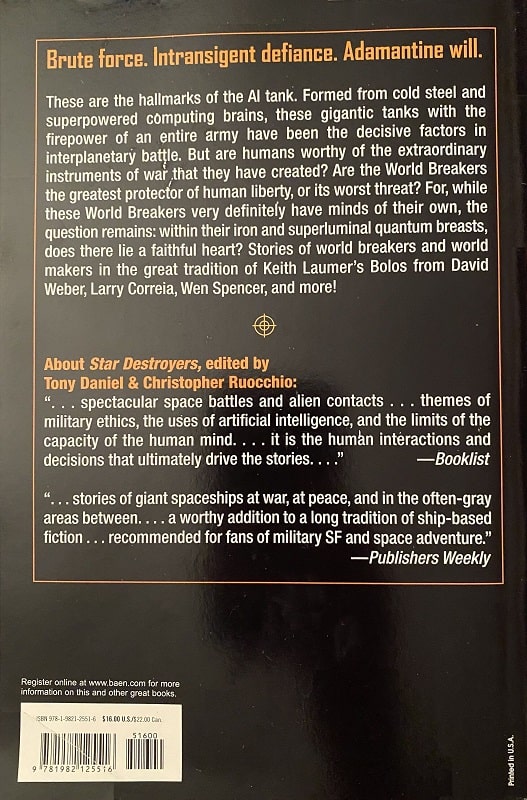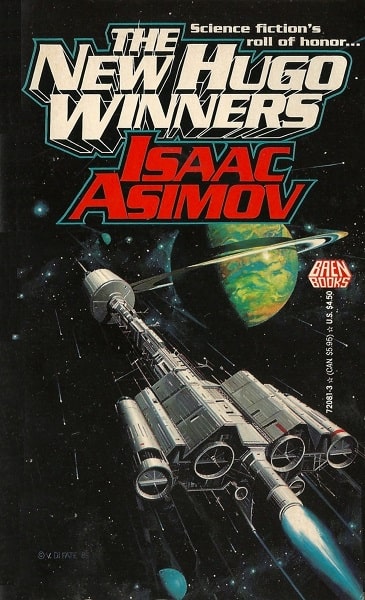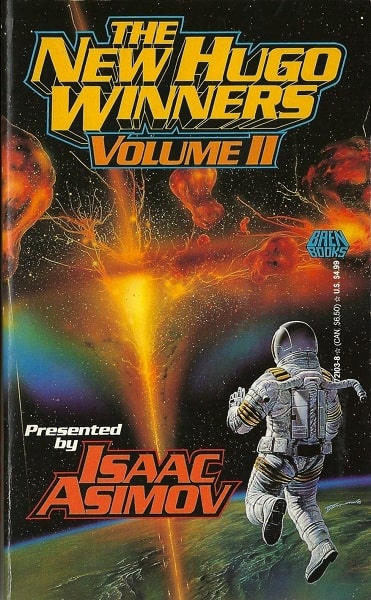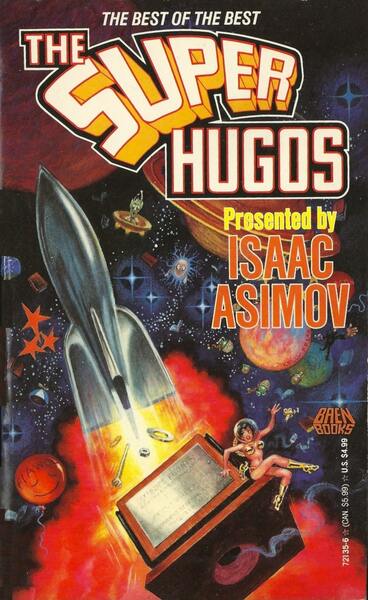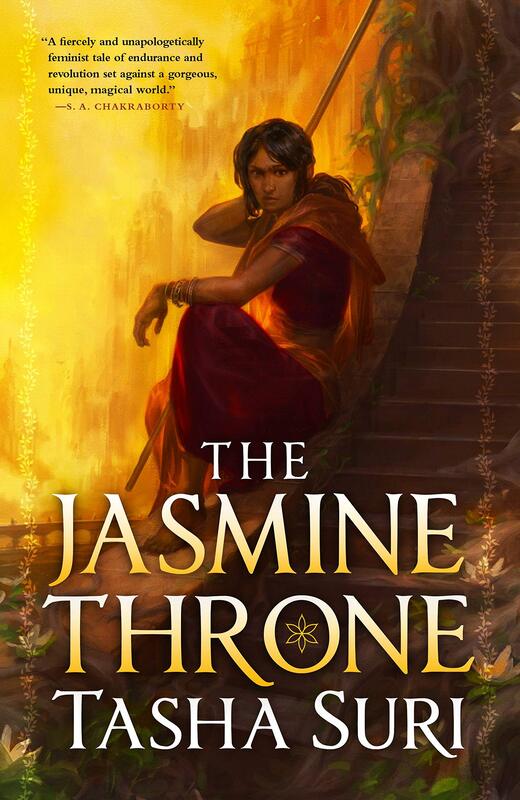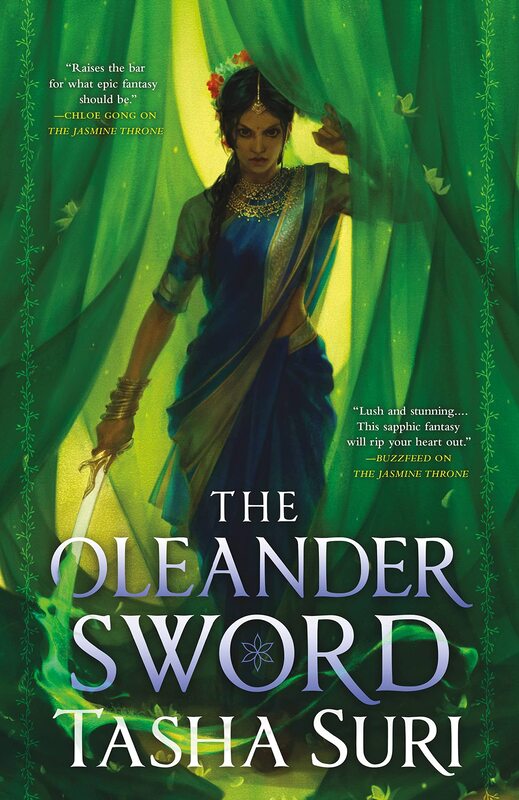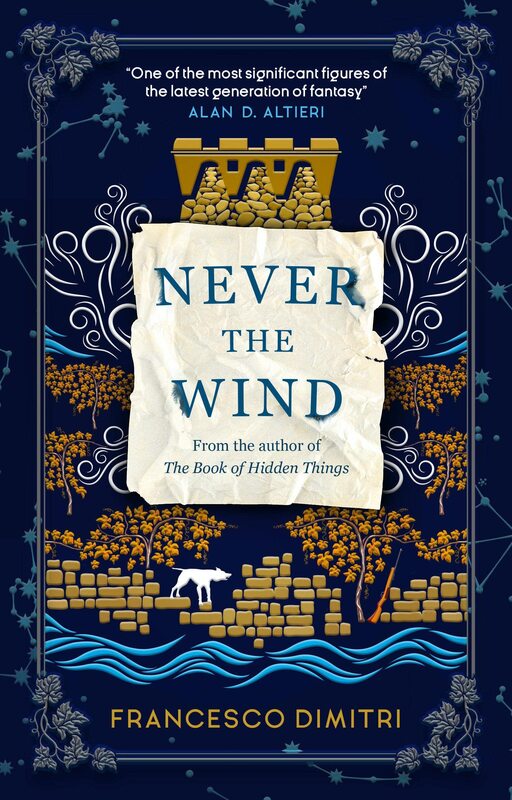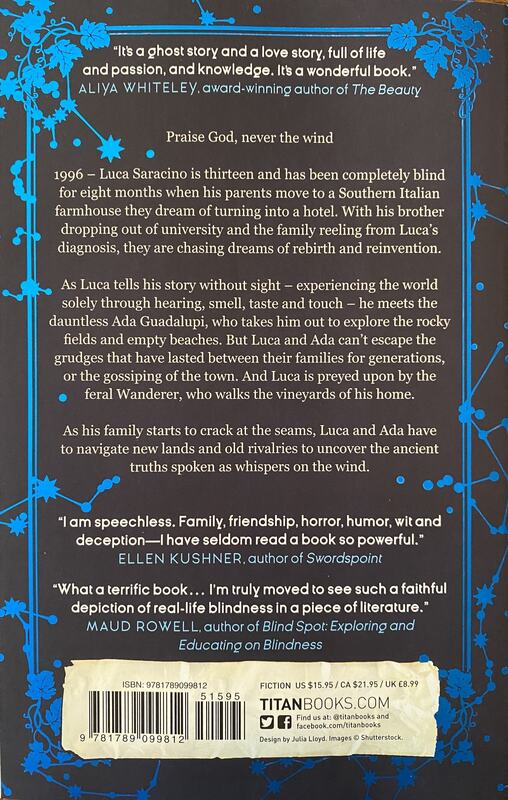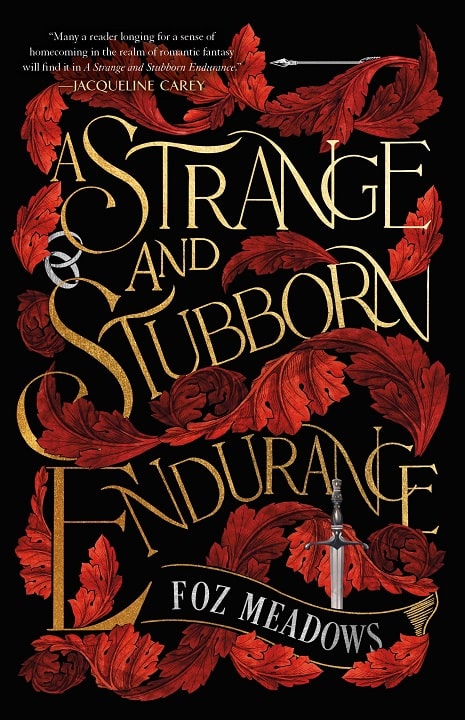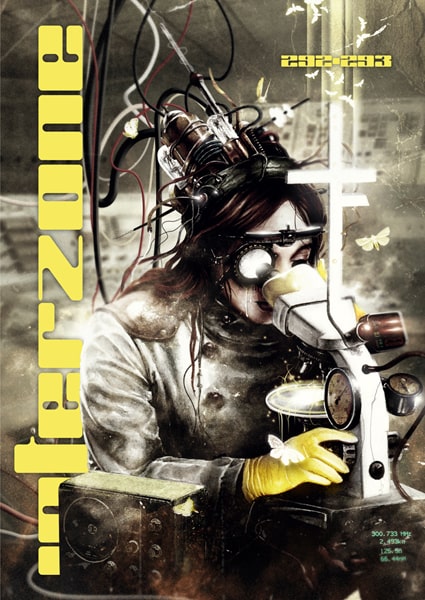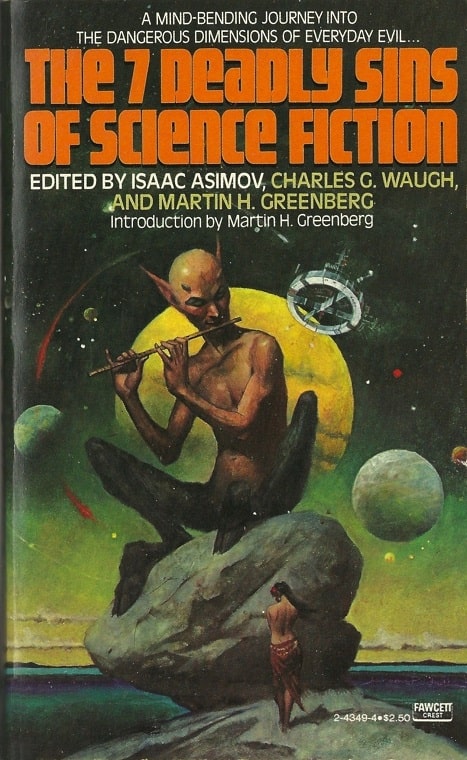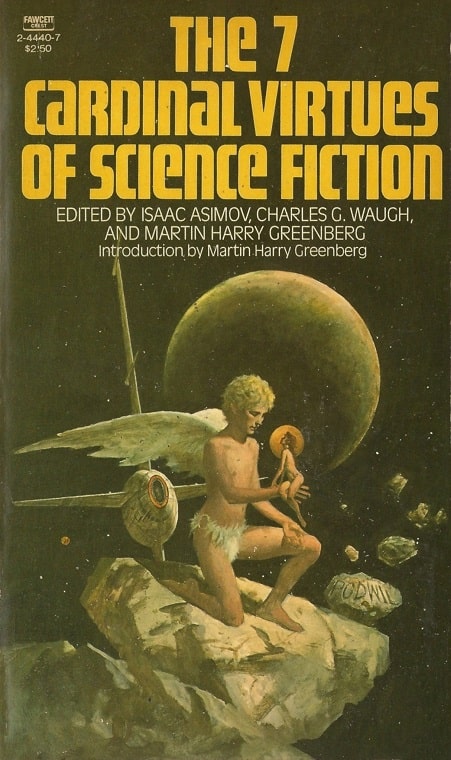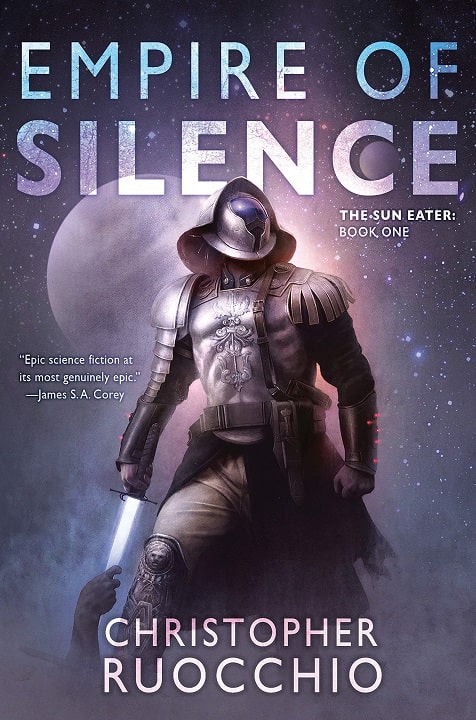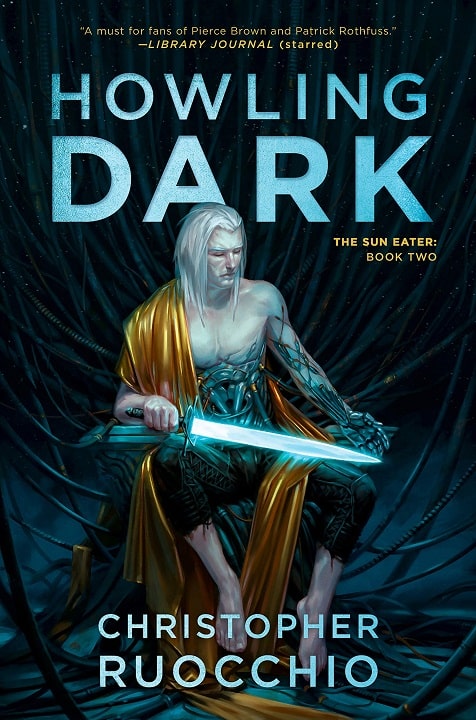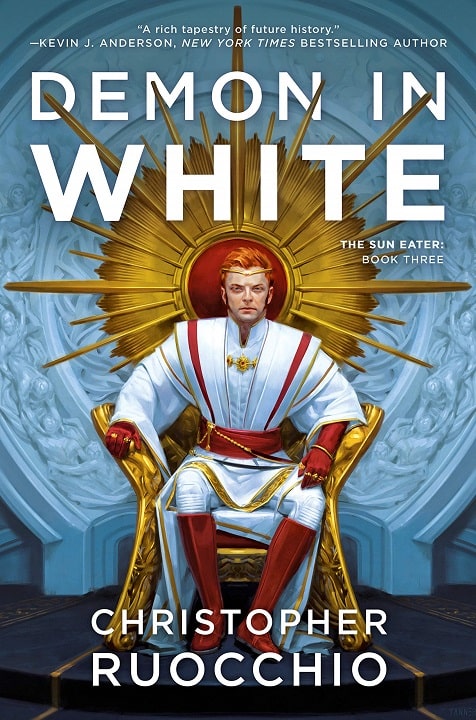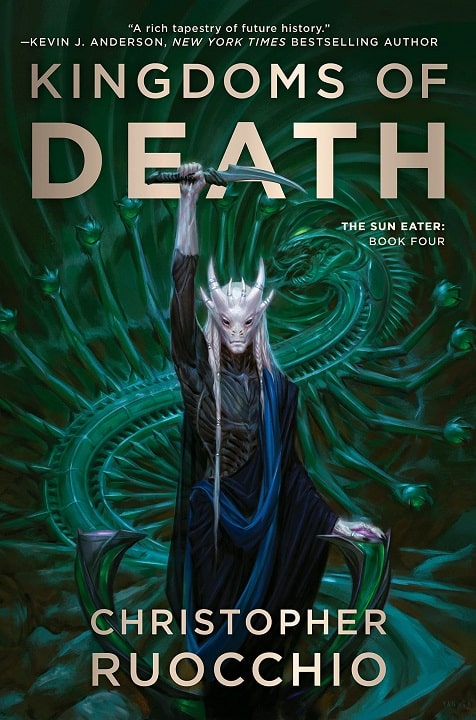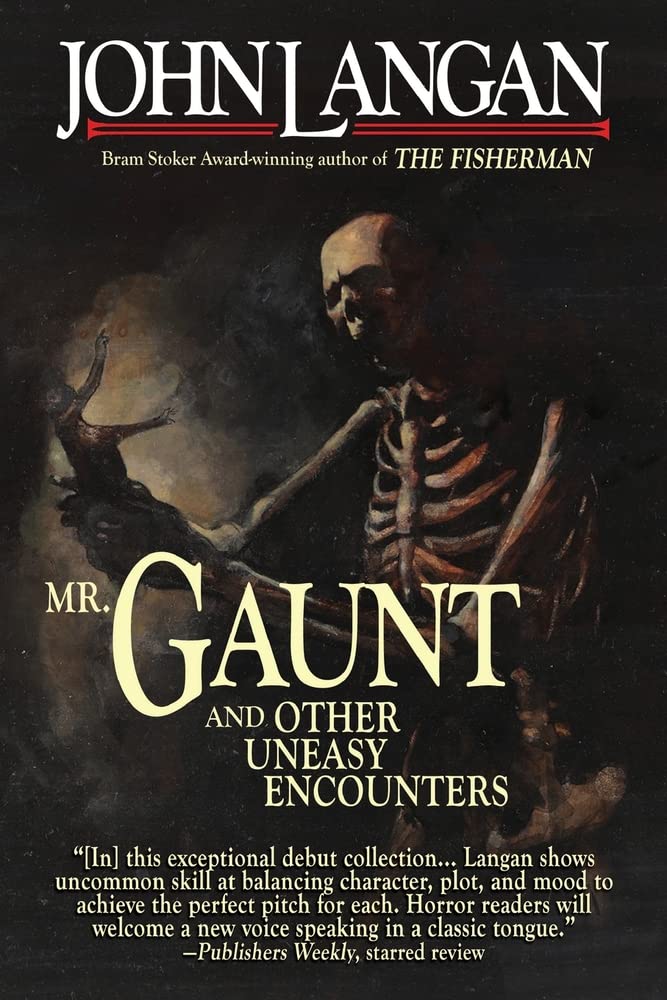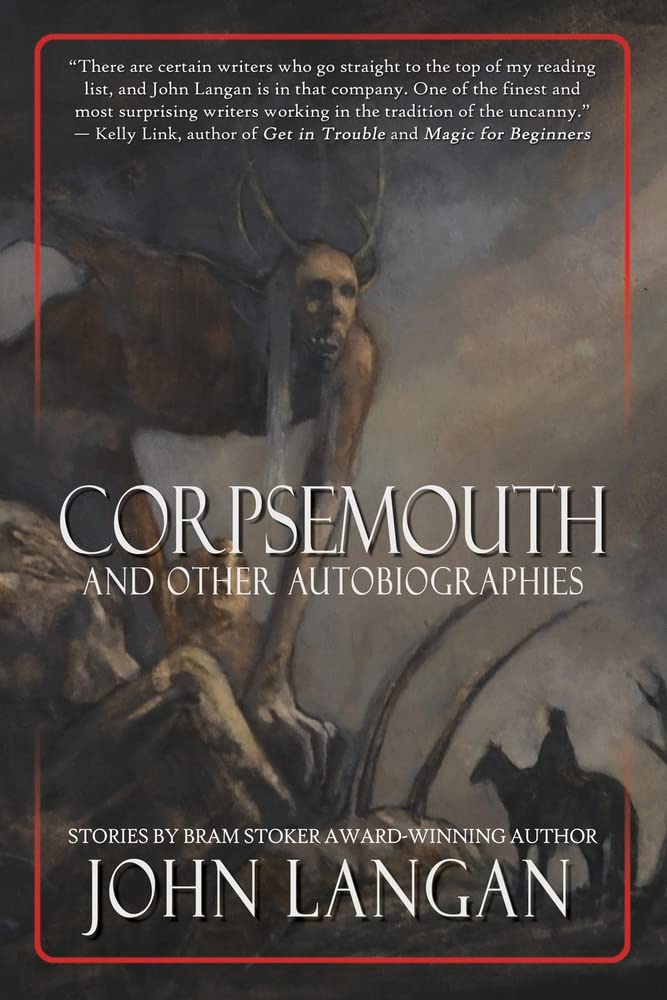Vintage Treasures: Tales from the Spaceport Bar edited by George H. Scithers and Darrell Schweitzer
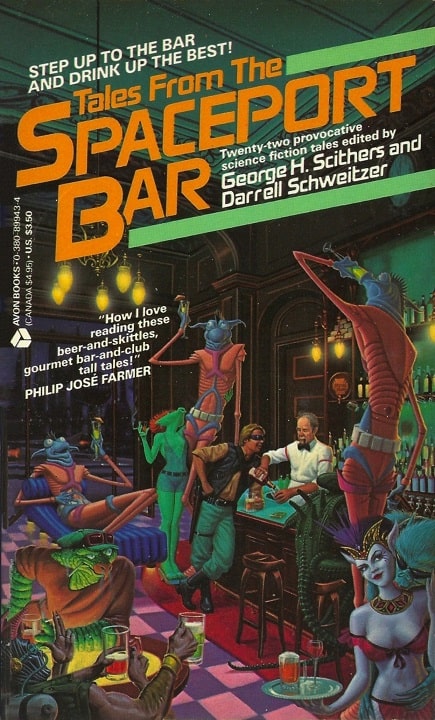 |
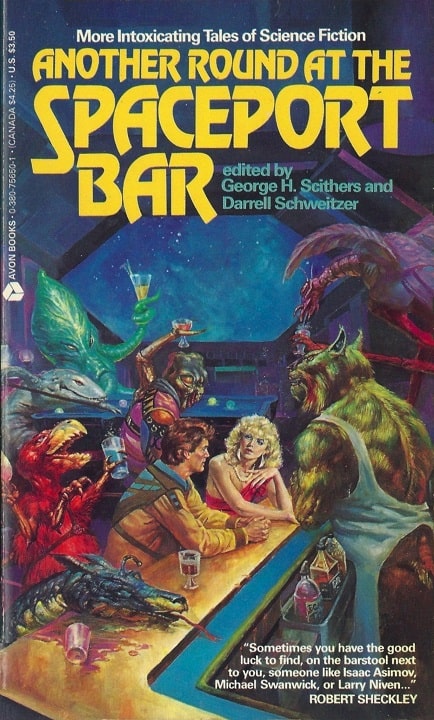 |
Tales from the Spaceport Bar and Another Round at the Spaceport Bar
(Avon Books, 1987 and 1989). Covers by James Warhola and Doug Beekman
Science fiction has a rep for being serious stuff. Tales of dystopias, climate catastrophes and environmental collapse, dire warnings about worrying trends, that’s SF in a nutshell. Even dressed up in its best story-telling adventure garb, Star Wars or Mad Max-style, it’s still often perceived as all about desperate battles in apocalyptic settings.
Of course, science fiction is much broader and richer than that, and most of its best writers have amply demonstrated their love of whimsy and fun. One of SF’s best-loved sub-genres is the Club Tale/Bar Story, exemplified by Arthur C. Clarke’s famous Tales From the White Hart, L. Sprague de Camp and Fletcher Pratt’s long-running Gavagan’s Bar stories, Lord Dunsany’s Jorkens tales, Isaac Asimov’s Black Widowers mysteries, Spider Robinson’s Callahan’s Bar, Larry Niven’s spacefaring tales of Draco Tavern, and many others.
In the late 80s Weird Tales editors George H. Scithers and Darrell Schweitzer assembled a collection of the best such stories, Tales from the Spaceport Bar. It made the Locus Award list of Year’s Best Anthologies (in 11th place), and was quickly followed by Another Round at the Spaceport Bar. Both books are a fine antidote to anyone who’s dabbled just a little too long on the dark side of science fiction.
